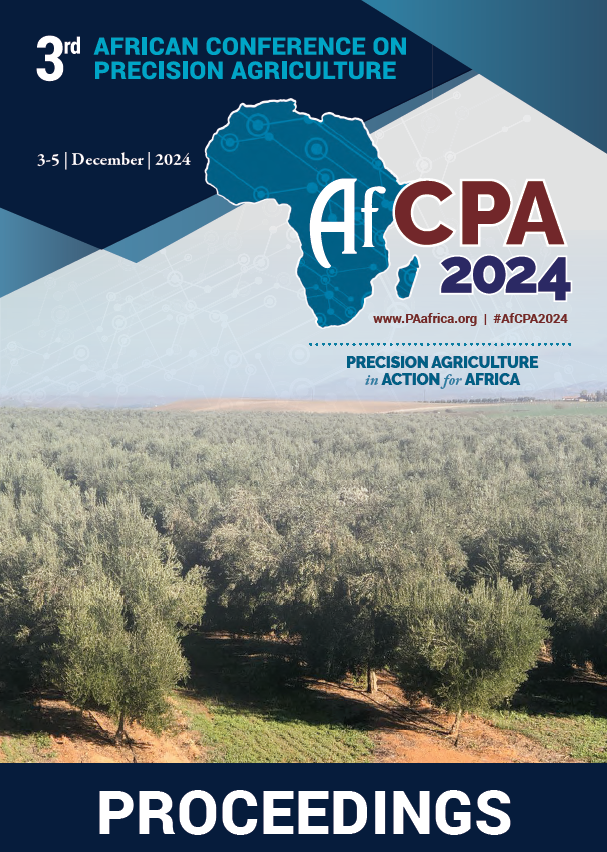Download the Conference Proceedings
Proceedings
Authors
| Filter results2 paper(s) found. |
|---|
1. Estimating greensnap yield damage with canopy reflectance: a case studyGrain yield reduction caused by storm-induced plant breakage (green snap) occurs often in corn fields. With climate change and an increasing frequency in the occurrence of extreme weather events, it is essential to develop methods that can accurately estimate green snap damage, so growers can be properly compensated by insurance companies for yield loss. Because plant breakage also affects crop canopy reflectance, this case study aimed to characterize the changes in crop canopy reflectance... G. Dias paiao, T.J. Nigon, F.G. Fernández, C. Cummings, S.L. Naeve |
2. Design and Development of a LoRa Communication System for Scalable Smart Irrigation SystemsSmart irrigation is a promising tool to optimize irrigation water use but is still faced with challenges related to usability and applicability attributed to several constraints such as high initial costs, complex user interface, poor connectivity, limited farm coverage, etc. This study aimed to solve some of these issues through the development and testing of a LoRa communication system using a Raspberry Pi 4, LoRa HAT concentrator, and Strega smart valve at the Makerere University Agricultural... J. Wanyama , J. Ikabat, I. Kabenge, P. Hess, P. Nakawuka, E. Bwambale , J. Muyonga, S. Felicioni, A. Bühlmann, T. Anken |
